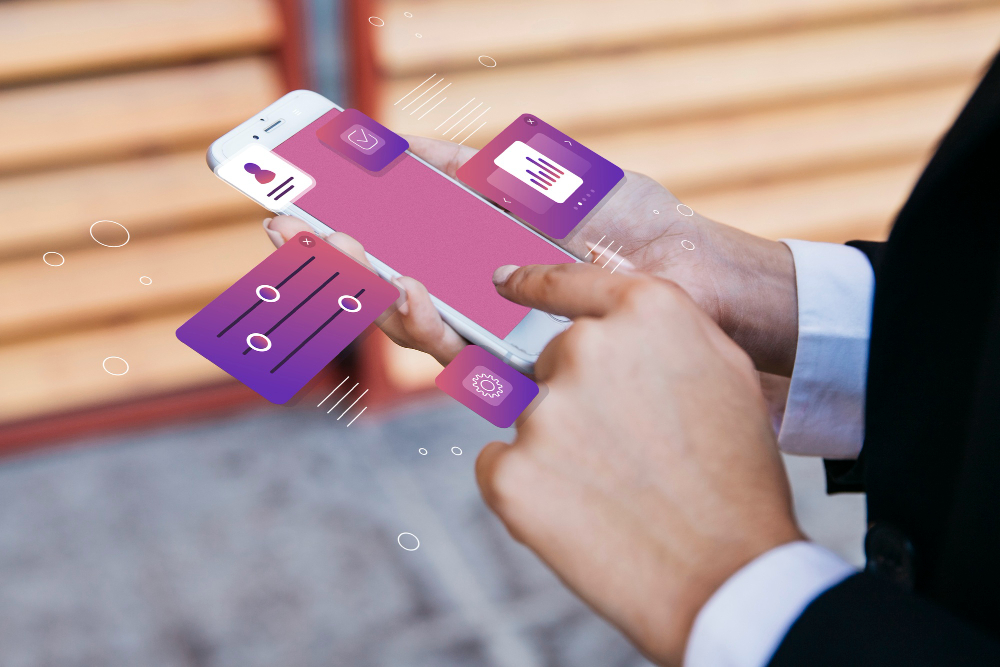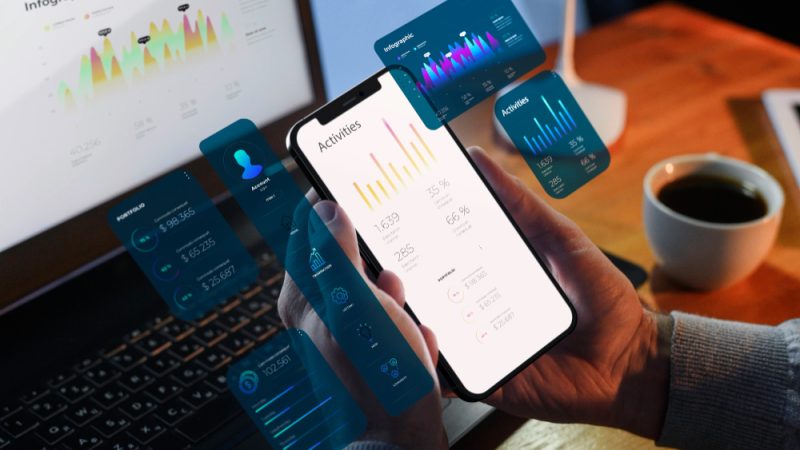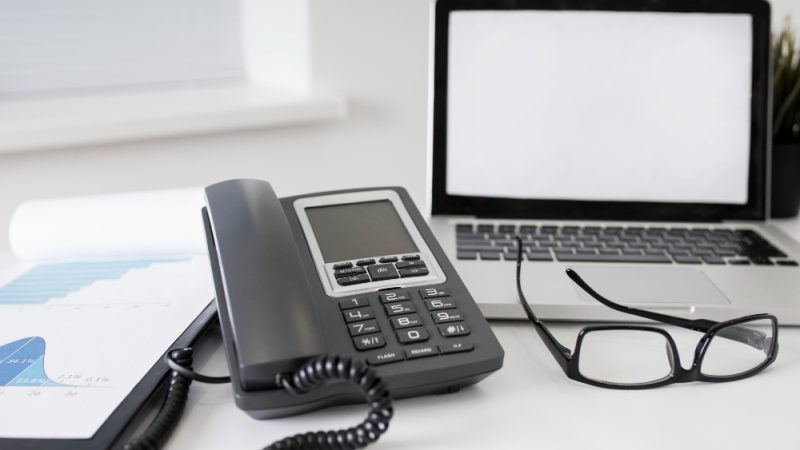The Main Pillars of E-Wallet Mobile App Development

In today’s digital era, electronic wallets, or e-wallets, have altered the way we handle financial transactions. With the increasing popularity of smartphones and the growing need for convenient and secure payment solutions, e-wallet mobile apps have become an integral part of our daily lives leaving no space for traditional payment methods. In this article, we are going to explore the main pillars of such mobile app development, highlighting the key aspects that contribute to their success.
The Rise of E-Wallet Mobile Apps
As we already mentioned, the usage of e-wallet mobile apps has skyrocketed and thus the urge for well-developed apps has become increasingly urgent. As digital wallets provide users with a convenient and secure platform to perform financial transactions, such as making payments, transferring funds, and managing their finances it’s crucial to pay attention to their integrated features and make user experience way more satisfying.
User Interface Design: Creating a Seamless Experience
First and foremost, a well-designed user interface (UI) is of vital importance when developing an e-wallet. It should be intuitive, visually appealing, and easy to navigate. Users should be able to perform transactions with minimal effort and receive real-time updates on their financial activities. No doubt that a clean and user-friendly UI enhances the overall user experience and encourages higher engagement.
Security Measures: Safeguarding Financial Transactions
Security is second paramount when it comes to e-wallet mobile app development. Robust encryption protocols, two-factor authentication, and biometric authentication are some of the essential security measures to ensure the safety of users’ financial information. Implementing stringent security measures builds trust among users and encourages wider adoption of the e-wallet app.
Integration with Payment Gateways: Seamless Fund Transfers
For the app to be successful, it needs to seamlessly integrate with various payment gateways. This integration enables users to link their bank accounts or credit cards to the e-wallet, facilitating secure and swift fund transfers. By offering multiple payment options, such as credit/debit cards, net banking, and UPI, such apps cater to a wider range of users.
Multi-Platform Compatibility: Reaching a Wider User Base
Next is multi-platform compatibility. To maximize the reach and user base, e-wallet mobile apps should be compatible with multiple platforms, including iOS and Android. By developing apps for both major operating systems, developers can tap into a larger audience and cater to users across different devices. Ensuring a consistent experience across platforms is essential for user satisfaction and retention.
Personalization and Customization: Tailoring the User Experience
Personalization plays a significant role in enhancing user engagement and satisfaction. When it comes to how to create an e-wallet, keep in mind that you should offer features that allow users to customize their app experience, such as choosing preferred themes, setting spending limits, and receiving personalized offers. By tailoring the user experience to individual preferences, digital wallet apps can create a sense of ownership and increase user loyalty.
Loyalty Programs and Rewards: Incentivizing User Engagement
Implementing loyalty programs and rewards is an effective strategy to encourage user engagement and retention. E-wallet apps can offer cashback, discounts, or loyalty points for transactions made through the app. These incentives not only drive user engagement but also promote the adoption of e-wallets over traditional payment methods.
Seamless Onboarding Process: Easy Account Setup
The onboarding process for e-wallet apps should be streamlined and user-friendly. It should require minimal steps and provide clear instructions for users to set up their accounts. Offering options for social media login or automatic data retrieval can simplify the onboarding process, reducing barriers for new users and ensuring a smooth transition into the app.
Integration with Third-Party Services: Expanding Functionality
To enhance the functionality of e-wallet apps, integration with third-party services can be beneficial. Collaborating with merchants, utility providers, and other financial services can enable users to perform a wide range of transactions, such as bill payments, online shopping, and peer-to-peer transfers. Integration with popular apps and platforms can further extend the usability of digital wallets.
Analytics and Insights: Monitoring and Optimizing Performance
Analytics and insights provide valuable data for e-wallet app developers and businesses. Tracking user behavior, transaction patterns, and app performance metrics helps identify areas for improvement and optimize the app’s performance. By gaining insights into user preferences and usage patterns, developers can enhance the app’s features and provide a better user experience.
Customer Support and Feedback: Enhancing User Satisfaction
Prompt and reliable customer support is essential for resolving user queries and issues. E-wallet apps should offer multiple channels for support, such as live chat, email, or phone support. Additionally, incorporating user feedback mechanisms, such as ratings, reviews, and surveys, allows developers to understand user expectations and make necessary improvements.
Compliance with Regulatory Standards: Ensuring Legal Compliance
Adhering to regulatory standards and legal requirements is crucial for the success of e-wallet apps. Compliance with Know Your Customer (KYC) norms, anti-money laundering (AML) regulations, and data protection laws instills trust among users. Developers should stay updated with the evolving regulatory landscape and ensure that the app meets all necessary compliance standards.
Continuous Updates and Enhancements: Keeping Up with Technology
The landscape of mobile app development is ever-evolving, and e-wallet apps need to keep up with the latest technological advancements. Regular updates and enhancements ensure that the app remains secure, compatible with new devices and operating systems, and incorporates emerging features. By staying ahead of the curve, such apps can maintain their competitive edge.
Marketing and Promotion: Building User Awareness
To attract users and create awareness, e-wallet apps need effective marketing and promotion strategies. This includes targeted digital marketing campaigns, collaborations with influencers, and partnerships with businesses. Educating users about the benefits and features of the app through engaging content and advertisements can significantly increase app downloads and user engagement.
Conclusion
E-wallet mobile app development encompasses various essential pillars that contribute to its success. From intuitive user interface design and robust security measures to seamless integration with payment gateways and personalized user experiences, each pillar plays a vital role in creating a reliable and user-friendly e-wallet app. By focusing on these pillars, developers can ensure that their e-wallet mobile app stands out in the competitive market.
In conclusion, the main pillars of digital wallet mobile app development are crucial for creating a seamless and secure platform for financial transactions. By prioritizing user interface design, security measures, integration with payment gateways, multi-platform compatibility, personalization and customization, loyalty programs, seamless onboarding processes, integration with third-party services, analytics and insights, customer support and feedback, regulatory compliance, continuous updates, and enhancements, and effective marketing and promotion, developers can deliver a top-notch e-wallet app that meets the needs and expectations of users.
FAQs (Frequently Asked Questions)
Are e-wallet mobile apps safe to use?
Yes, e-wallet mobile apps prioritize security measures such as encryption, two-factor authentication, and biometric authentication to ensure the safety of users’ financial information.
Can I use an e-wallet app on both iOS and Android devices?
Yes, most e-wallet apps are compatible with both iOS and Android platforms, allowing users to access them on a wide range of devices.
What are some benefits of using e-wallet mobile apps?
E-wallet mobile apps offer convenience, quick transactions, personalized experiences, loyalty rewards, and the ability to manage finances on the go.
Can I link my bank account or credit card to an e-wallet app?
A4: Yes, e-wallet apps typically provide options to link bank accounts or credit cards, enabling users to transfer funds seamlessly.
How often should e-wallet apps be updated?
E-wallet apps should be regularly updated to ensure security, compatibility with new technologies, and the inclusion of emerging features for an enhanced user experience.






